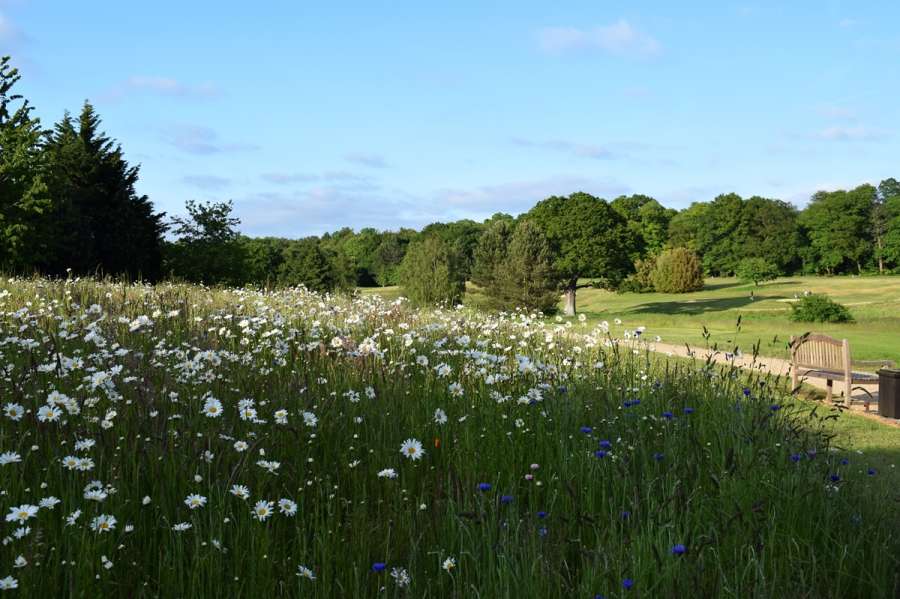In the ongoing battle to harmonise development with conservation, the UK has taken a monumental step forward with the enforcement of Mandatory Biodiversity Net Gain (BNG).
As this transformative policy comes into force, accompanied by further guidance, it signals a resolute commitment to preserving and enhancing our natural heritage for generations to come.
On 12 February 2024, the mandatory requirement for developers to provide BNG came into force.
All new developments are required to deliver a net gain in biodiversity, ensuring that any ecological harm caused during construction is offset by measurable gains in habitat quality and quantity.
Myerson Solicitors' Commercial Property team explores what the BNG will mean and which planning applications it will apply to.





